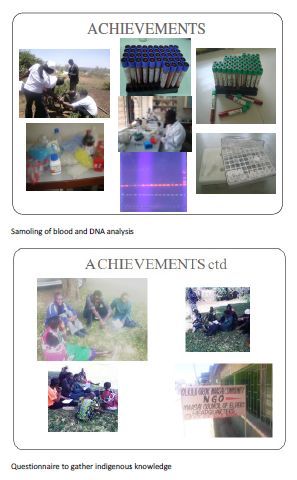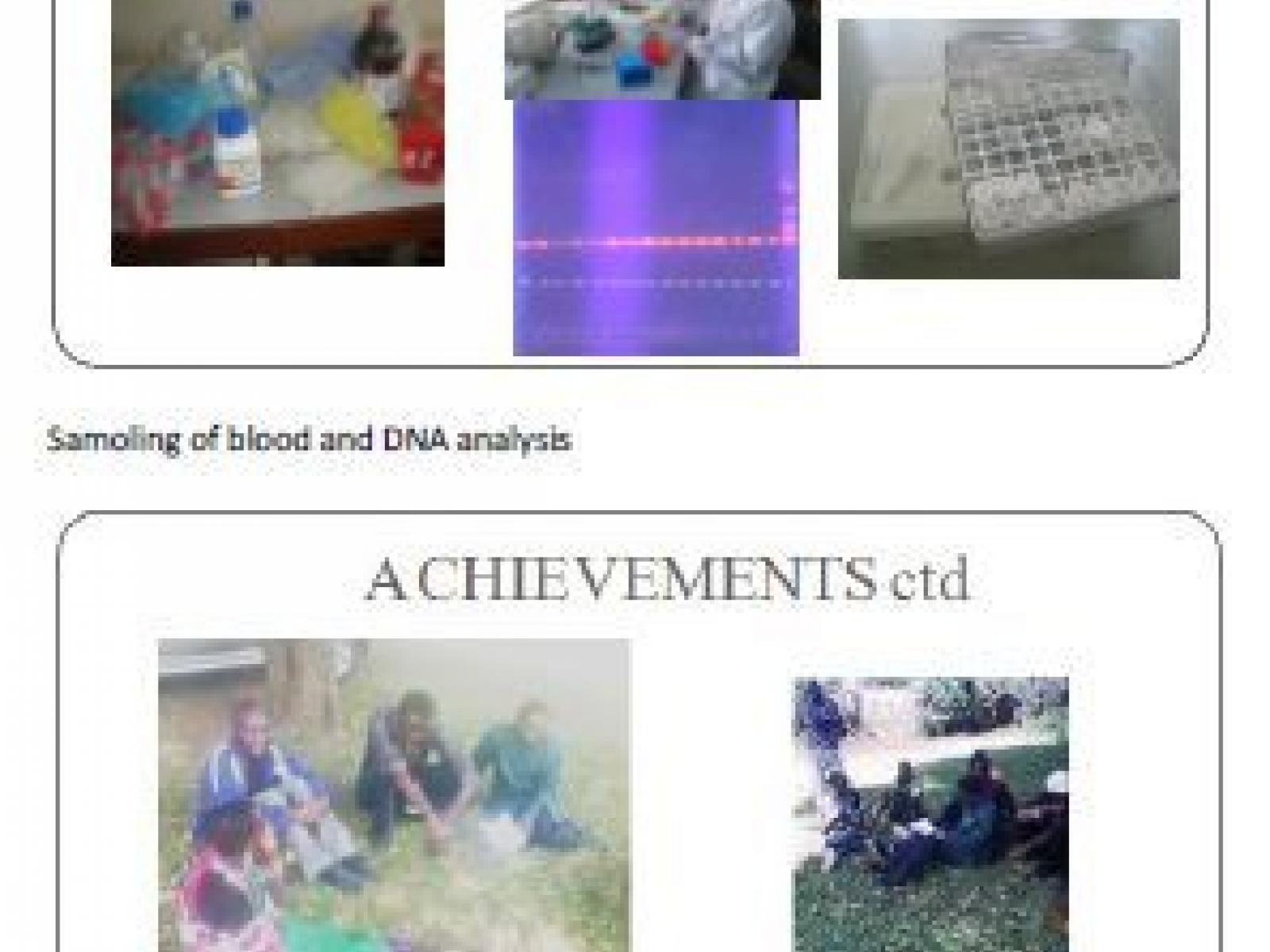An Overview Of Our Solution
- Population Impacted:
- Continent: Africa
Organization type
Population impacted
Size of agricultural area
Production quantity
People employed
Describe your solution
Describe your implementation
External connections
What is the environmental or ecological challenge you are targeting with your solution?
Describe the context in which you are operating
This was initially an academic project but is presently being implemented by the Kenyan government focusing on North and North eastern Kenya
How did you impact natural resource use and greenhouse gas emissions?
Language(s)
Social/Community
Water
Food Security/Nutrition
Economic/Sustainable Development
Climate
Sustainability
The indigenous goat population will be improved by genetically related high productivity breeds in the field station near the communities. The implementation of the project will facilitate better interactions between the participating farmers and increase their contact with the extension agents. These contacts will result in change in animal management. The participating farmers can form community based entrepreneurship and breeder’s society this can set breeding standards and promote the improved breed as their own. The money generated from the program through sales of breeding stock, milk and culled animals will be enough to make the program self-sustaining.
Return on investment
Entrant Image

